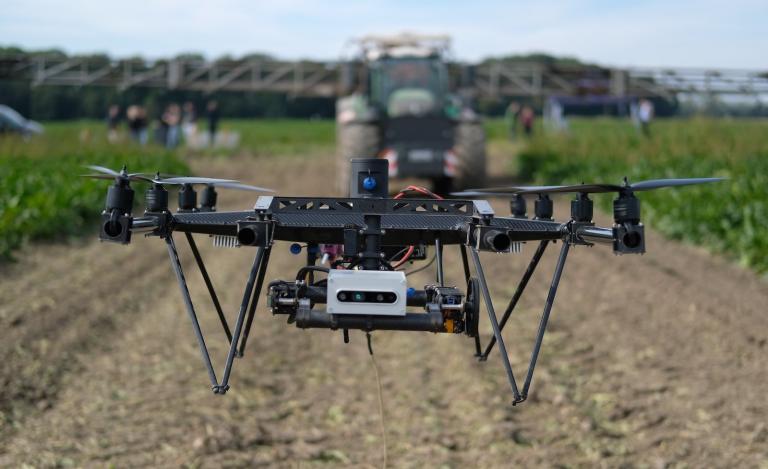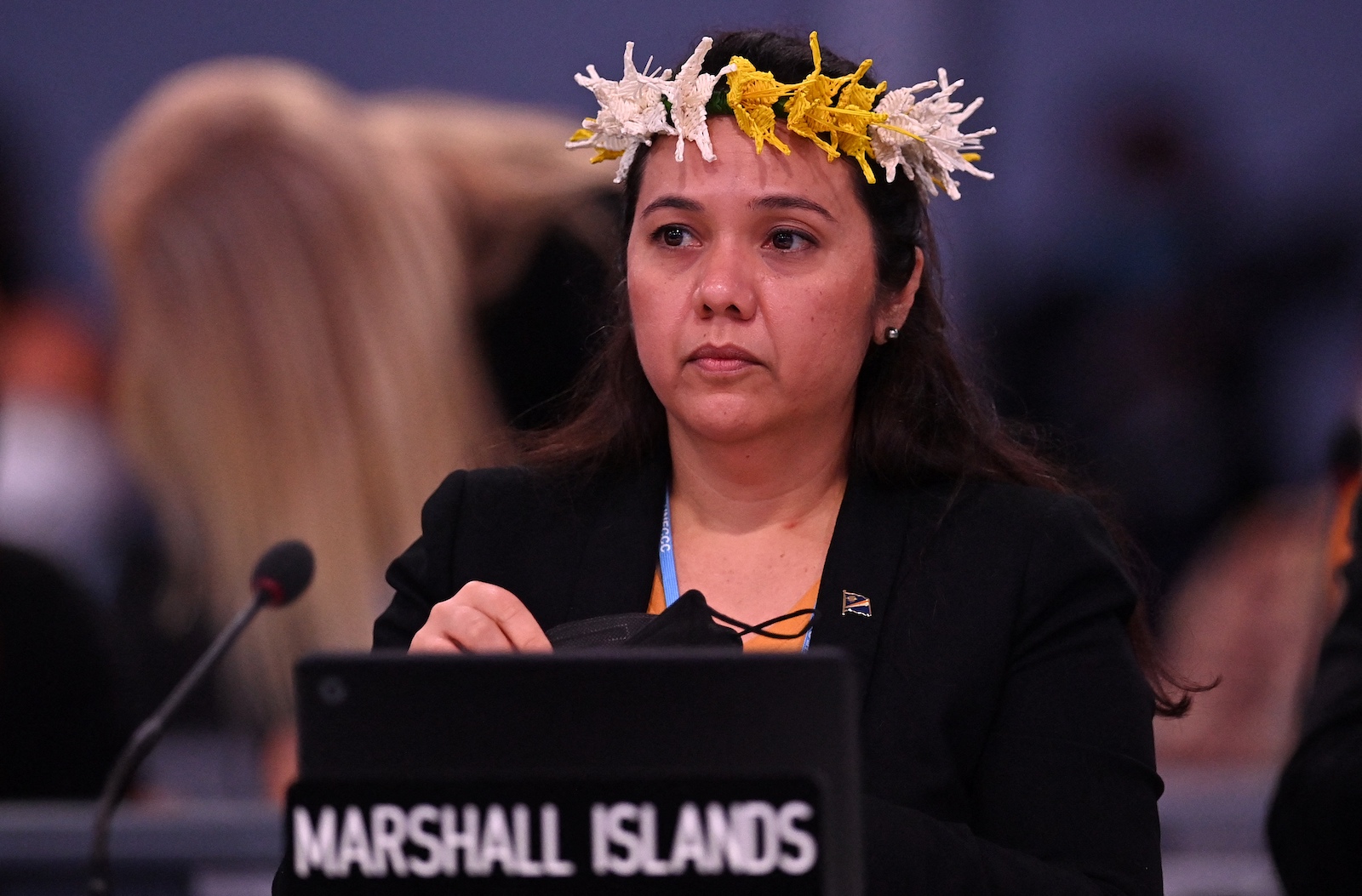This story is reprinted with permission from Honolulu Civil Beat.
In January, a remote island in the Federated States of Micronesia switched on its lights for the first time since before World War II, bringing electricity to 500 households by burning waste from its new coconut-processing facility.
In a country where only one in three people has consistent energy access, electrifying Tonoas marked a step toward delivering power to every Micronesian household by 2027, which means reaching the 17 percent of the country still without it. And by 2024, half of that energy is set to be renewable.
The move in FSM represents one of several being taken throughout the Pacific to not only transition to more sustainable power generation but also remove their reliance on imported fossil fuels. The transition is a difficult and costly task for many Pacific nations due to their physical and economic size, geographic isolation and disparate islands — all of which influence their ability to finance climate action.
Meanwhile the countries face the most acute symptoms of climate change: sea level rise, intense seasonal weather events, agricultural failures, and a loss of fisheries and coral reefs.
But at the heart of the countries’ vulnerability is their reliance on imported fossil fuels, according to Zena Grecni of the Pacific Regional Integrated Sciences and Assessments program.
That reliance brings high costs for the residents for electricity and transportation because of oil price fluctuations, she said. But if climate financing were more available, that would not be the case.
“They have such abundant renewable energy resources — solar, wind, hydro, geothermal,” she said. “They have it all.”
Pacific states and territories have long known the economic and environmental promise of renewable energy. In 2012, nine Pacific countries signed the Barbados Declaration, committing to transition away from fossil fuels.
The countries have since advocated for industrialized nations such as China and the United States to make good on promises made in United Nations climate conferences, emphasizing the urgency required to keep the world’s temperature rise to 1.5 degrees Celsius and achieve carbon neutrality by 2050.
Part of the Pacific’s advocacy at the recent climate conference in Glasgow, COP26, was ensuring there was assistance to secure the financing needed to transition towards renewable energy.
Though some nations have secured funding through large financial institutions such as the World Bank and Asia Development Bank, as well as through foreign aid, their diminutive size and perceived low returns on investment for investors still stifles their need, according to Akuila Tawake of The Pacific Community, a development and scientific advisory organization.
Tawake, deputy director of the group’s geothermal and energy program, says the traditional model of climate financing is tailored to larger economies and less expensive projects.
“That’s why it’s a little hard to secure grants from these climate financing institutions, because they prefer to have blended finance,” Tawake said. “That’s the biggest challenge.”
Palau President Surangel Whipps Jr. recently signed the Moana Pledge, following the Our Ocean conference in April, vowing to transition his country to 100 percent renewable energy by 2032.
Administered by Maui-based Mana Pacific, the agreement is dubbed a pledge but also acts as a mechanism to give Pacific nations greater access to renewable energy infrastructure, through collective buying power and resource sharing — effectively making the countries more attractive to funders.
Mana Pacific CEO Joe Reed says the agreement levels the playing field to ensure that contractors within the pledge agreement fulfill 13 tenets, such as local job creation and training or recycling.
But at its core, it addresses funders’ concerns over investment returns, as well as the price of renewable energy infrastructure.
“And so when we’ve got that large scale market demand, we can force the prices down,” Reed said. “That investment capital is going to not require as high of a return on the investment, because the risk of the project is also driven down by the economies of scale.”
Mana Pacific is a business and benefits from the arrangements, though it is a sustainable business corporation, which does not focus on shareholder profits, Reed says.
The model provided by Mana Pacific, first tested last year on Molokai, is a step away from the traditional model of climate finance, which is typically done through governmental aid and international organizations — such as the tens of millions of dollars given to FSM — then by seeking out companies to implement projects.
Whipps’ signing was the first of many, according to Reed, with the idea that they collectively attend COP27 in Egypt this year with proof they can implement projects and can use the $100 billion in climate finance promised by rich nations 13 years ago.
“Frankly, if we could have, we would have had five or six other countries ready to sign behind him,” Reed said. Discussions are ongoing with Guam, Kiribati, American Samoa, Solomon Islands, Fiji, and Vanuatu, according to Reed. “But synchronizing things with Covid has been a little bit of a challenge.”
The Pacific’s variability means there is no one-size-fits-all approach. For U.S. territories in the Pacific and freely associated states, finance access becomes complicated.
Grecni of Pacific RISA says associated states like Palau, FSM, and the Republic of Marshall Islands can get some federal funding, but not access to most grants to fund renewable energy and climate action. Meanwhile, territories cannot get access to international agreements, like the United Nation’s Green Climate Fund, because of their territorial status.
And while there are disaster preparedness grants available from the Federal Emergency Management Agency, they “exclude or marginalize” Pacific islands because the grants’ preconditions are tailored to the 50 states and not the Pacific nations and territories’ situation, she says.
“Covid really demonstrated the precariousness of the economic situation in the Pacific, which I think just undercuts their ability to apply for finance, for climate adaptation and forward-looking measures,” Grecni said.
But Pacific nations like FSM not only want renewable energy, they want to expand access to electricity — as 12 percent of the Pacific still needs power, according to the World Bank.
The U.N.’s seventh Sustainable Development Goal — “access to affordable, reliable, sustainable, and modern energy for all” — needs to be reached within the Pacific too. That means on top of renewable energy, there needs to be affordability, reliability, and access.
Communities on outlying islands and rural areas of Fiji, FSM, and other nations still use unreliable solar or diesel generators, many living with about three hours of power each day, according to Tawake of The Pacific Community.
Tawake says there is a “huge disparity” between communities across the Pacific.
“There are some countries that have less than 50 percent energy access,” Tawake said. “I think those are the countries that require more assistance.”
But it’s not cheap, according to Fiji National University assistant professor Ravita Prasad.
For Fiji, Prasad has calculated that it would take between $1.6 billion and $3.2 billion to transition to renewables by 2040.
Given the potential cost for just Fiji, one of the wealthier nations in the Pacific, there remains a need for as much data as possible to inform better investments, Prasad says.
There has been a substantial increase in renewable energy production across the Pacific though, Tawake says, which indicates a move to a more climate-friendly and more autonomous region that doesn’t rely upon imports.
But land transport has expanded across the Pacific over the past 20 years, leaving total fossil fuel imports relatively the same, Tawake says. Then there is the shipping industry too, which Pacific nations want to become carbon neutral.
“In power generation, we are making progress,” Tawake said. “But without doing anything with the land and maritime transport, we will not reach carbon neutrality by 2050.”




